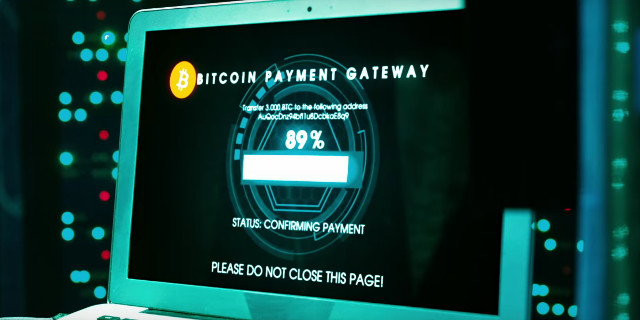The blockchain book proceeds apace. 1557 words on music and blockchains today, maybe 500-1000 to go on this topic. I feel like my brain’s run a marathon, with another marathon to go. Turns out well-cited dense writing is work.
The title of the book may or may not actually turn out to be “Attack of the 50 Foot Blockchain”, but I mentioned it to Arkady last night, who promptly got that look artists get when an idea has just attached itself to their brain. I’m now thinking a pulp cover and a business cover. I have a rudimentary website for it, and last night I posted the story of The DAO. “You just learned chemistry and the first thing you built was a giant bomb and you can’t understand why it blew up in your face.”
But you’re here for the music, so I’ll list some reasons from today’s draft that it’s immediately obvious that blockchains can’t possibly be the panacea the record industry desperately desires:
- The big one: No blockchain can possibly scale to the whole music industry. There were an estimated 35 million songs in iTunes in 2013; Spotify played a billion streams a day by mid-2015. If you use multiple blockchains, they will need reconciliation. Who are the participants who will all be keeping their own copy of all of this data?
- Corrections of erroneous or fraudulent claims; later copyright lawsuits changing ownership information; a musician dies. How is your “immutable” blockchain corrected?
- How do live music and radio play fit in, given it’ll be an approximation courtesy humans typing in data?
- Fair use and differing copyright laws. Fair use increasingly has teeth these days.
- Berne Convention countries specifically do not require registration for copyright. This is because publishers wanted it that way. Does the record industry want to wind that back?
- Physical CDs are still a sizable proportion of the gross. The games played with what’s shipped where, whether you get paid or credited for shipped copies that haven’t been returned yet, “breakages” and so on remain remarkable. What data do the humans in the loop type in and when? Who verifies it? What’s the delay in payments?
- The other big one: What’s your threat model? This one never seems to be mentioned, and we’re talking about real-world money here. How is your blockchain kept secure against hostile attackers, e.g. someone who has the money to bring 51% of mining resources to bear against a Proof of Work secured chain? How will you clean up the mess after an attacker uses bugs in your smart contract language that they knew existed and you didn’t?
Imogen Heap still gets talked up a lot whenever musical blockchains are mentioned. One thing still never mentioned is that “Tiny Human”’s total sales were $133.20. Not $133,200, but one hundred and thirty-three dollars and twenty cents. The other thing that never gets mentioned is how she wants music sales to work: every song you “buy” (and not just hers) literally being spyware:
We know less about what our songs get up to once they’ve left ‘home’. What would I like to read on these postcards from our songs? Well, how many times it was played, by who and where would be a great start.
The last Imogen Heap release with spyware was the 2005 Speak For Yourself CD with Sony’s rootkit malware, an initiative that didn’t go down so well then either.
The picture at the top is a still from a Vietnamese action film from earlier this year called “Bitcoin Heist.” The trailer looks like it’ll be ridiculous and fun.
This is not how any of this works.



To simplify things for the average person.
All of this goes out the window as soon as some one rips the audio or drags and drops an audio file into a wav editor and bounces a new copy.
If it isn’t already easy enough to do now, there will be software advertised as “removes blockchains from songs” etc..